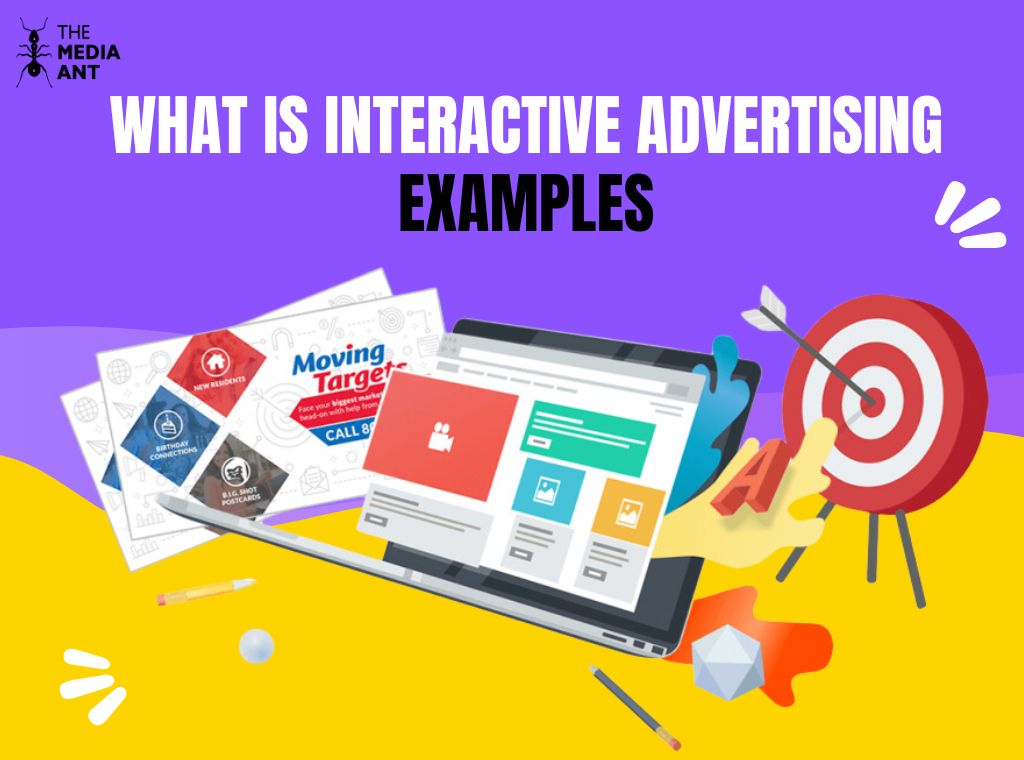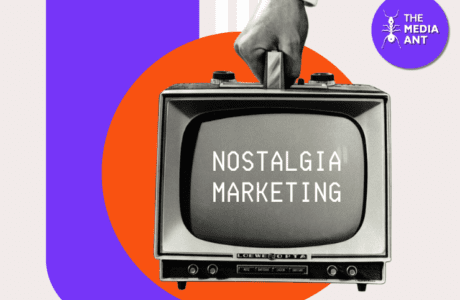What does Interactive Advertising mean?
Interactive advertising refers to a type of marketing strategy that encourages active engagement from consumers rather than simply delivering a passive message. It allows users to interact with the content or advertisement in various ways, such as clicking, swiping, dragging, or providing input.
Interactive ads often utilize digital technology and platforms to create immersive experiences, such as interactive videos, quizzes, polls, games, or augmented reality (AR) experiences. The goal of interactive advertising is to enhance user engagement, increase brand awareness, and drive desired actions, such as clicks, sign-ups, or purchases, by providing an engaging and personalized experience for the audience.
10 Common Types of Interactive Advertising
1) Social Media Campaigns
Social media campaigns are interactive advertisements run on platforms like Facebook, Instagram, and Twitter. They encourage user engagement through likes, shares, comments, and participation in challenges or polls, making the audience feel more involved and connected with the brand.
2) Interactive Videos
Interactive videos allow viewers to engage directly with the content by clicking, dragging, or answering questions. These videos can include clickable links, hotspots, and choices that lead to different story paths, providing a more personalized and engaging experience.
3) Augmented Reality (AR) Ads
AR ads overlay digital content onto the real world through smartphones or AR glasses. Users can try on virtual products, play games, or interact with 3D objects in their environment, creating a memorable and immersive experience.
4) Gamified Ads
Gamified ads incorporate game elements like points, levels, and rewards into advertisements. These ads turn the engagement into a fun activity, encouraging users to interact more deeply with the brand while enjoying a playful experience.
5) Chatbots and Conversational Ads
Chatbots are AI-driven tools that simulate human conversation. They can answer questions, provide recommendations, and guide users through the purchasing process. Conversational ads use chat interfaces to engage users in real-time, offering a personalized touch.
6) Interactive Display Ads
Interactive display ads go beyond static images and text. They might include clickable elements, animations, or mini-games that invite users to engage with the ad, making the experience more dynamic and memorable.
7) Email Marketing
Interactive email marketing involves incorporating elements like surveys, quizzes, and clickable images within the email. This encourages recipients to interact directly from their inbox, increasing engagement and making the content more compelling.
8) Location-Based Ads
Location-based ads use GPS technology to target users based on their geographical location. These ads can provide personalized offers, local event information, or nearby store promotions, making the content highly relevant and timely.
9) Interactive Infographics
Interactive infographics combine data visualization with interactive elements like clickable areas, hover effects, and embedded videos. They make complex information more engaging and easier to understand, encouraging users to explore the content in depth.
10) Virtual Reality (VR) Ads
VR ads offer immersive experiences through VR headsets. Users can explore virtual environments, try out products, or participate in branded experiences, creating a highly engaging and memorable interaction with the brand.
These types of interactive advertising not only capture attention but also provide a memorable and engaging experience for consumers, increasing the likelihood of brand recall and conversion.
Best Interactive Advertising Examples
Nike’s #BleedBlue Social Media Campaign
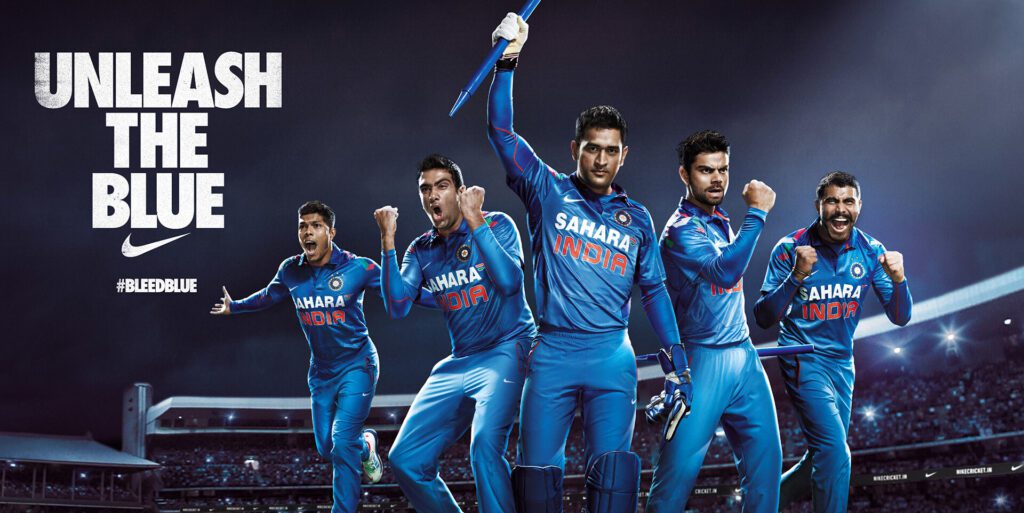
Nike’s #BleedBlue campaign during the cricket season encouraged fans to share their support for the Indian cricket team on social media. By using the hashtag and participating in various online challenges and polls, fans could engage directly with the brand and each other.
Cadbury Dairy Milk’s Interactive Video
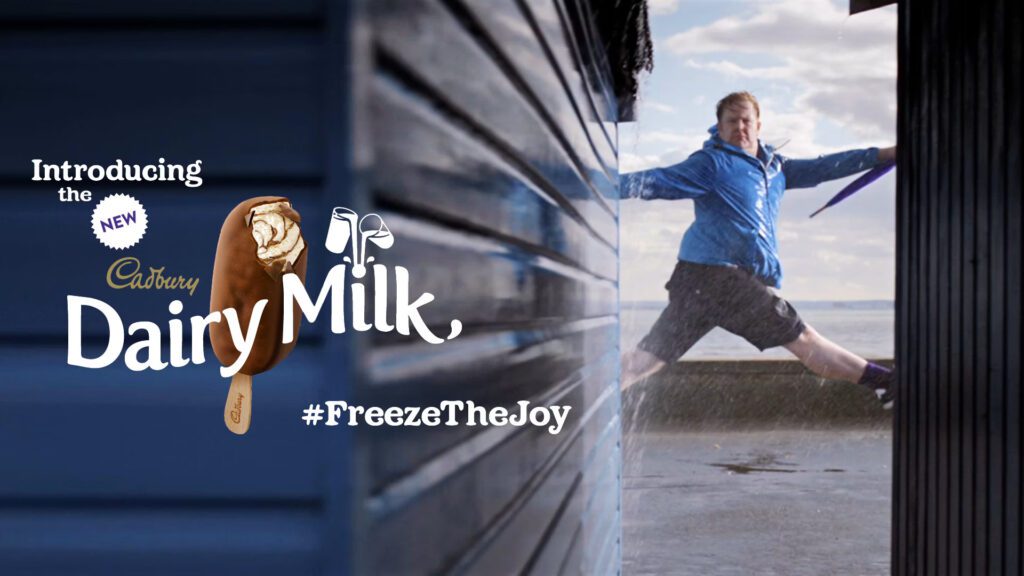
Cadbury Dairy Milk launched an interactive video campaign where viewers could personalize their own videos to send as greetings to friends and family. This campaign allowed users to engage creatively with the brand, making the content feel personal and special.
Swiggy’s Email Marketing
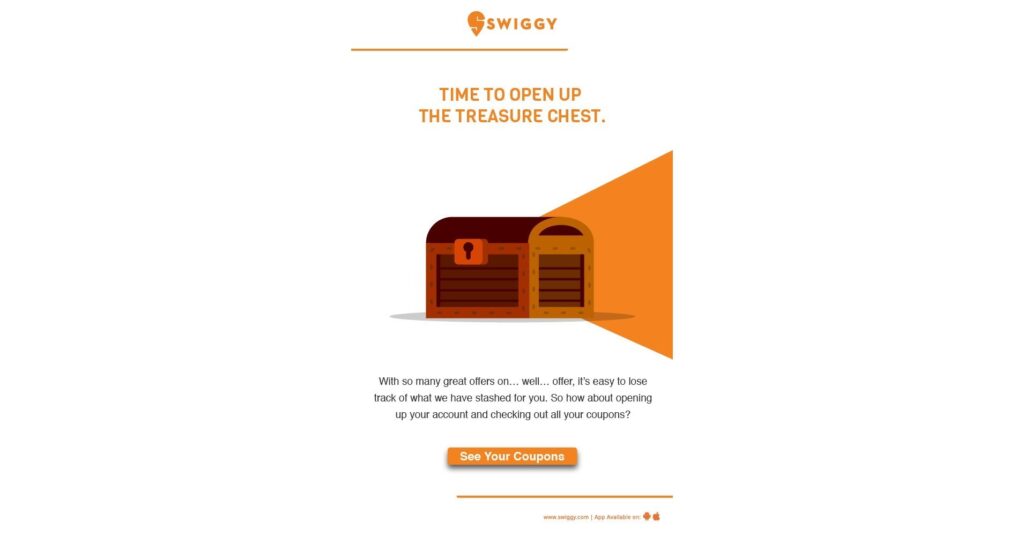
Swiggy’s email newsletters often include interactive elements like clickable offers, surveys, and personalized recommendations based on user behavior. This makes the emails more engaging and relevant to each recipient.
FAQs on Interactive Advertising
How does interactive advertising differ from traditional advertising?
Traditional advertising typically involves one-way communication from the advertiser to the audience, whereas interactive advertising enables two-way communication and active participation from users. Interactive ads allow for greater user engagement, interactivity, and customization compared to traditional static or passive ads.
How can brands measure the effectiveness of interactive advertising campaigns?
Brands can measure the effectiveness of interactive advertising campaigns using various metrics such as engagement rates, click-through rates, conversion rates, time spent interacting with the content, social sharing metrics, and ROI. Advanced analytics tools and platforms can help track user interactions and behavior across different touchpoints.
What are the features of interactive advertising?
Features of interactive advertising include user engagement, two-way communication, customization, rich media content, clear calls-to-action, data collection, cross-platform compatibility, social sharing, gamification, and real-time updates.
What are the effects of interactive advertising?
Effects of interactive advertising include increased engagement, improved brand recall, higher conversion rates, deeper consumer insights, greater brand loyalty, enhanced user experience, social sharing potential, increased time spent, adaptability, and differentiation.

